Description
Excavations at Ashford Prison, just to the east of Staines, uncovered the intriguing story of that part of the landscape from the end of the last Ice Age. Flowing through the site was a tributary of the River Ash, itself a tributary of the Thames. It attracted the attentions of transient groups of hunter-gatherers and later a Neolithic ceremonial monument was built adjacent to it, on a slight promontory of higher land. During the Bronze Age the site was incorporated into an extensive system of fields and boundaries stretching right across the west London gravel terraces. Geared towards the control of livestock, perhaps brought to graze on the lush pastureland of the valleys, the fields signify the start of intensive and perhaps centrally controlled agricultural production. The first evidence of permanent settlement found dated to the Iron Age when a series of roundhouses, pits and other structures were built next to the old monument, perhaps in reverance to it. The Roman period saw the end of settlement and the site reverted to exclusively agricultural use, a role that it played up until the 19th century. Subsequently an orphanage and then a prison occupied the site. These were sdemolished in 2002 for the constructionsn of Bronzefield Prison, thus enabling the current excavations to be undertaken.







There are no reviews yet.